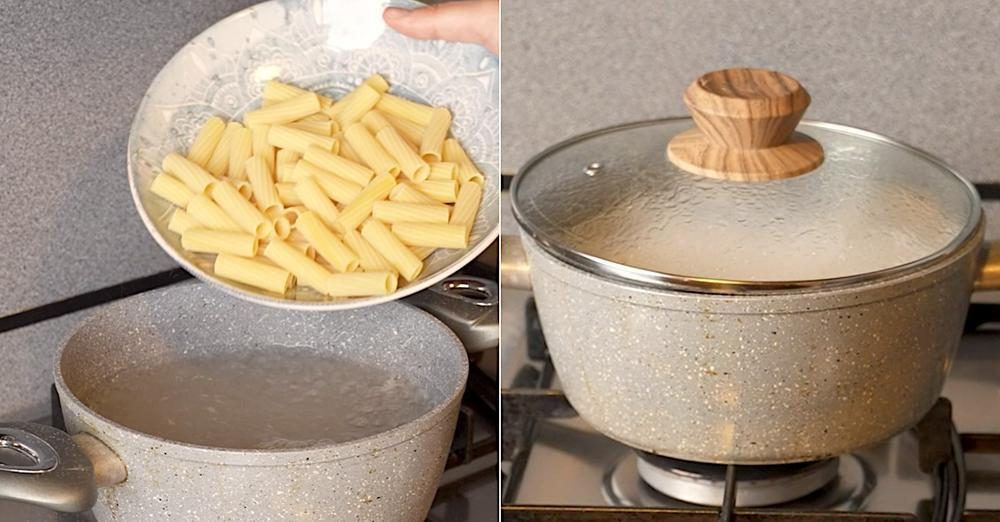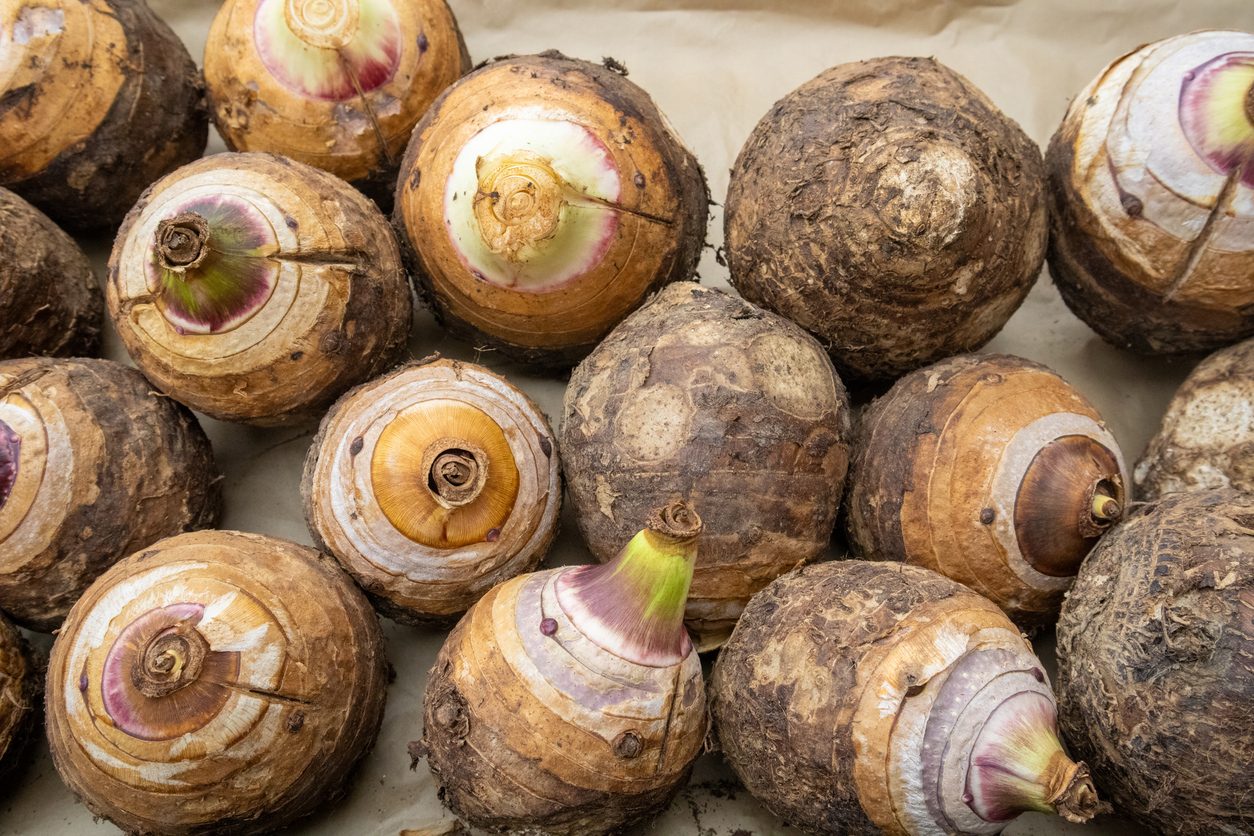Everything You Need To Know Before Cooking With Basil
Basil is popular because it pairs excellently with other herbs and can be used in nearly any meal, especially those of Thai and Mediterranean origins. However, even with this versatility, it is possible to make mistakes that produce unsatisfactory results during cooking. Read ahead for the basics of cooking with basil.
;Resize,width=742;)
Basil is known for its signature flavor that's an equal balance of sweet and savory, with hints of mint, anise, and pepper. Is it any surprise that it has become one of the most popular herbs?
It is versatile, easy to obtain and you can even grow some right in your home! However, it is important to mention that making a cooking mistake with basil is just as easy.
But you don't have to look too far, here's everything you need to know to incorporate basil into your cooking:
1. Avoid cutting basil with a knife

The best way to use basil is to tear the leaves. Cutting them with a knife, like most are prone to do, causes the edge of the knife to blacken, rendering it a sore sight to behold. Some people also believe that cut basil is less flavorful than torn basil.
2. Only use basil during summer
Basil is a summer herb. In other words, although it might be available all year-round, you won't get the best quality basil except during the warmest months. Furthermore, basil sold during seasons that aren't summer is likely to be expensive.
3. Avoid wilted basil

Wilted basil is not the same thing as basil that has been properly dried. Wilted basil will not be a visually appealing addition to your dish, nor will be it as flavorful as the herb should be.
4. Only add basil at the right time during cooking
Basil doesn't do well with long cooking periods so it is best added to dishes that are almost done cooking. Some experts recommend adding fresh basil as late as the last 60 seconds of cooking to preserve its signature scent and taste.
5. Choose the right basil

The most common type of basil for westerners is commonly known as sweet basil. But there are specific differences between this variety and other members of the basil family. That means that while it can be used to substitute for these other kinds, it might not be ideal. Instead:
- Sweet basil should primarily be used for European dishes, particularly those from the Mediterranean region.
- Thai basil should be used for Thai dishes
- Holy basil is best used for Indian dishes
6. Store basil correctly to preserve them for longer
If you only need the basil to last a few days, keep the fresh leaves upright in a container of water in the refrigerator like a bouquet of flowers. To keep the Basil for even longer periods:
- Dry them and keep in an airtight container and away from direct sunlight.
- Chop the fresh basil leaves and freeze them in ice cube trays filled with water. When you need to give one of your dishes the flavor of basil, simply pop one of the cubes into it.
Happy cooking!
;Resize,width=767;)
;Resize,width=712;)
;Resize,width=712;)
;Resize,width=712;)
